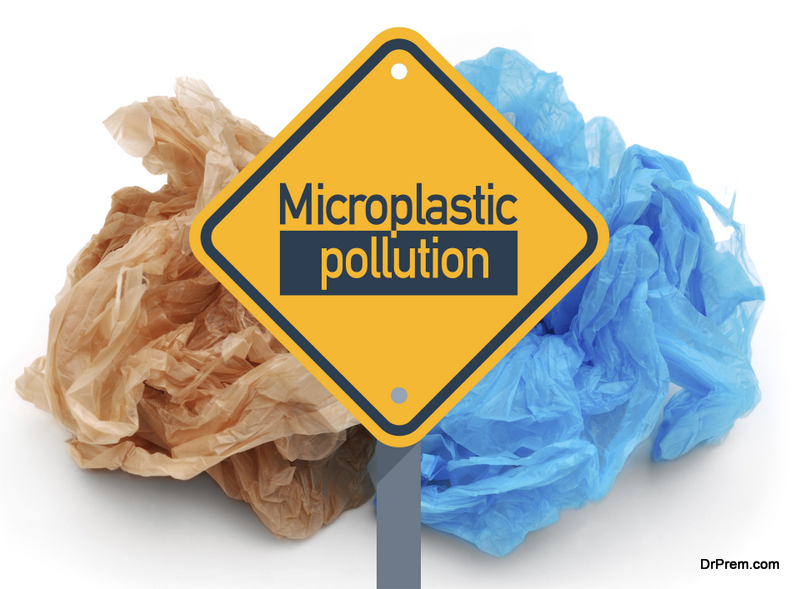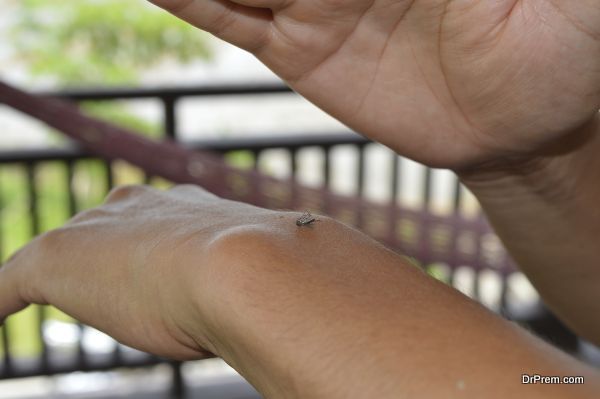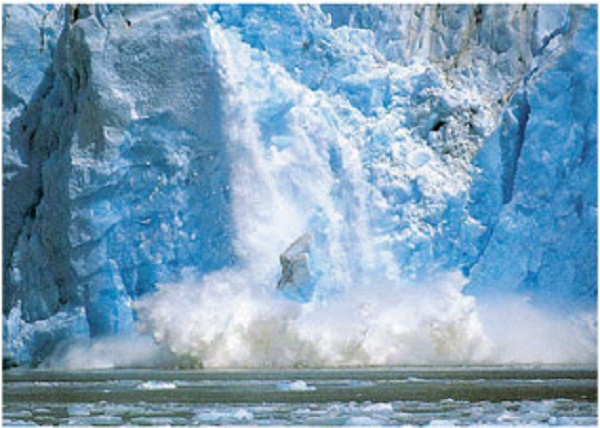Microplastics are affecting the food chain in a negative way inducing environmental damage faster than we reckon. Every year 236,000 tonnes of microplastics get drained into our oceans causing extreme concerns of contaminating our food chain. Miniscule pieces of unclean plastics and synthetic fibers which together form a heap of rubbish are referred to as microplastics. They clog up our ecosystem seeping into the air and water.
They even get harmfully embedded inside different life forms including insects, fishes, mammals and birds. The spread of microplastics has been far and wide. From beaches of Florida to icy sheets of the Arctic not an inch of space has escaped the assault of plastic debris. Neither city skylines nor rustic farmlands could shake free of microplastic menace.
How microplastics are affecting the food chain?
Plastics entering our food start a journey way back into the initial tip of the food chain. Owing to their tiny size measuring about 5 mm they can easily become a part of the diet for a range of plants and animals.
Planktons which form the primal source of marine food are likely to ingest microplastics. Schools of small fishes feed on planktons carrying these plastics before they are eaten by bigger predatory cousins. Eventually, in the process, they reach human hosts and get into our bloodstream.
The fact that microplastics are affecting the food chain is well established in a study conducted in 2008 by Mark Anthony Browne. Plastic bits ingested by life don’t always pass out benignly through the alimentary canal. They pose potential detriment of damaging internal organs spilling chemicals from hormone-disrupting bisphenol A (BPA).
The combined harm done by toxic chemicals and microplastics play havoc with immunity, reproduction and healthy growth of organisms. Practically, the nuisance impacts the entire ecosystem interfering with earth fertility that forms the basis of agriculture.
An evidential threat is lurking with altered soil microbe profile and impeded growth of fish population arising from microplastic contamination. Hardly any room for complacency is available as we are sitting on the summit of a sleeping volcano. More we get access to microplastics data on environmental desecration the clearer we see its chance of an eruption.
Harmful consequences of microplastics foraying into the bloodstream:
If the presence of plastic trash in the gut is alarming, its flow into the bloodstream is grossly perilous. Studies conducted by M.A. Browne confirm that constant abrasion of plastic particles against internal organs leads to physical injury. Inflammation ensues and wearing of delicate organ lining is the eventual outcome.
Further findings point out that the culprit polymer in microplastics inside organisms can attract pesticides and toxins from surroundings. They percolate into the bed of microplastics already lodged inside life form inviting severe health risks. Liver damage is one such potential health dysfunction.
What further investigations reveal?
Microplastics are affecting the food chain is a flustering reality and more important is figuring out avenues for combat. A team led by the Ecotoxicologist Marco Vighi at the IMDEA Water Institute in Spain is exploring the type of grime various plastic polymers absorb. Whether they are unleashed in water or airborne part of them become food for fish and birds.
Effect on birds is equally bad as is with water-dwelling creatures. Microplastics have a more direct impact on human beings through different routes of consumption. Canned beer, packaged water, encased salt and even tap water is not microfiber proof. A research work in April revealed this and further found during the bottling of beverages, sludge particles seep through.
M.A. Browne had initiated another experiment where small quantities of particles are used for medical insight. With the help of particles, a paltry dose of drugs is introduced in specific regions of the human body.
The objective is to get an idea of how fast can microplastics permeate through the human system. Their ultimate destination is, however, accumulation in the bloodstream and important observation is how fast this happens.
Experiments on hamsters infused with micro plastics reveal particles can precipitate into blood clotting. However, the quantity of particles is a deciding factor. There is always the threshold limit beyond which the particles are considered toxic. That determination of the threshold measure really matters.
The all-pervasive microplastic peril:
Microplastics are affecting the food chain is too weak a term to describe its enormity. The threat is far beyond just plastic eating mosquitoes and effects on birds. Microplastics are broken up tiny parts from bigger chunks.
They are released into the environment as end products of cosmetics like face wash creams and toothpastes. Small organisms fail to locate the difference and make them a part of the diet. They affect the entire lifecycle of the organisms.
Take the case of microplastic ingested mosquitoes. The life cycle of a plastic eating mosquito is not confined to spawn of eggs and wriggling larvae in water. Shards of plastic remain in their bodies till they get metamorphosed to adults. As it flies off to land, it results in the contamination of the food chain.
The million dollar question is to assess how sweeping this plastic driven environmental harm turns out to be. Microplastics as such do not have any negative impact on the lifespan of mosquitoes. What is worrisome is the role played by larvae in absorbing plastic bits from water and transferring them to land.
Land-based creatures like frogs, birds and bats feed on larvae and imago. Microplastics from water get a direct route to land. When we consume land-based birds, a duck for example, plastics enter our food. Bits of plastics found in animals can even reduce its appetite affecting growth.
Undergoing research to confirm the extent of damage caused by microplastic ingested mosquitoes:
Lab studies show that larvae have a higher exposure to microplastics than free roaming adult mosquitoes in an open environment. Next stage of study needs collection of mosquito specimens from areas polluted with bits of plastic.
Whether the transfer of plastics between life stages in wild mosquitoes happens with same pace was the object of the study. Lab mosquitoes were a comparison yardstick. Another target was to find out if transfer takes place in other insects as well during metamorphosis.
A recent experiment revealed that there are more plastic pollutants in the environment than what is ingested by organisms. More than contaminating the ecosystem, microplastics are doing harm to animals feeding on them. While it is evident that microplastics are affecting the food chain, it is high time we check its use to prevent plastics entering our food.







